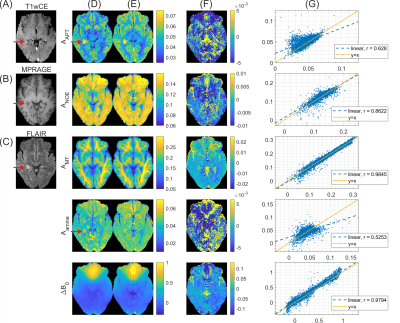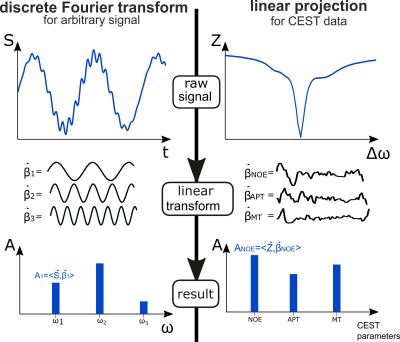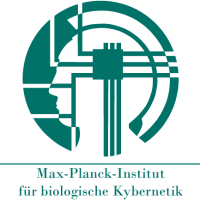Felix Glang1, Moritz Fabian2, Alex German2, Katrin Khakzar2, Angelika Mennecke2, Frederik Laun3, Burkhard Kasper4, Manuel Schmidt2, Arnd Doerfler2, Klaus Scheffler1,5, and Moritz Zaiss1,2
1High-field Magnetic Resonance Center, Max Planck Institute for Biological Cybernetics, Tübingen, Germany, 2Department of Neuroradiology, University Hospital Erlangen, Erlangen, Germany, 3Institute of Radiology, University Hospital Erlangen, Erlangen, Germany, 4Neurology, Epilepsy Center, University Clinic of Friedrich Alexander University Erlangen-Nürnberg, Erlangen, Germany, 5Department of Biomedical Magnetic Resonance, Eberhard Karls University Tübingen, Tübingen, Germany
1High-field Magnetic Resonance Center, Max Planck Institute for Biological Cybernetics, Tübingen, Germany, 2Department of Neuroradiology, University Hospital Erlangen, Erlangen, Germany, 3Institute of Radiology, University Hospital Erlangen, Erlangen, Germany, 4Neurology, Epilepsy Center, University Clinic of Friedrich Alexander University Erlangen-Nürnberg, Erlangen, Germany, 5Department of Biomedical Magnetic Resonance, Eberhard Karls University Tübingen, Tübingen, Germany
Linear projection-based CEST
reconstruction allows mapping from acquired raw in vivo CEST data to multiple
contrast parameters of interest, generalizing from healthy subject training
data to unseen test data of both healthy subjects and tumor patients.

Figure
4. Results of linear projection in a tumor patient test
dataset. Clinical contrasts: (A) T1 weighted contrast-enhanced, (B) MPRAGE and
(C) FLAIR. (D) Ground truth Lorentzian fit results. (E) Contrast maps obtained
by linear projection with coefficients obtained from 5 healthy subject
datasets. (F) Difference maps to ground truth for linear projection result. (G)
Voxel-wise scatter plots of linear prediction result (y) versus ground truth (x) with
legends indicating Pearson correlation coefficient r.

Figure
1. Analogy of discrete Fourier transform and the proposed
linear projection approach for CEST evaluation. For the Fourier transform, a
signal vector S(t) is projected onto basis vectors $$$\beta_1,...,\beta_n$$$ consisting of the respective harmonics to
yield the Fourier coefficients $$$A_1,...,A_n$$$ for different frequencies. For linear CEST
evaluation, acquired raw data are projected onto coefficient vectors found by linear regression applied to conventionally evaluated data, to yield target contrasts like APT, NOE and ssMT amplitudes.
